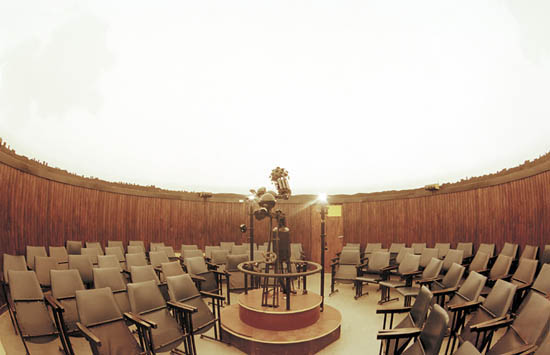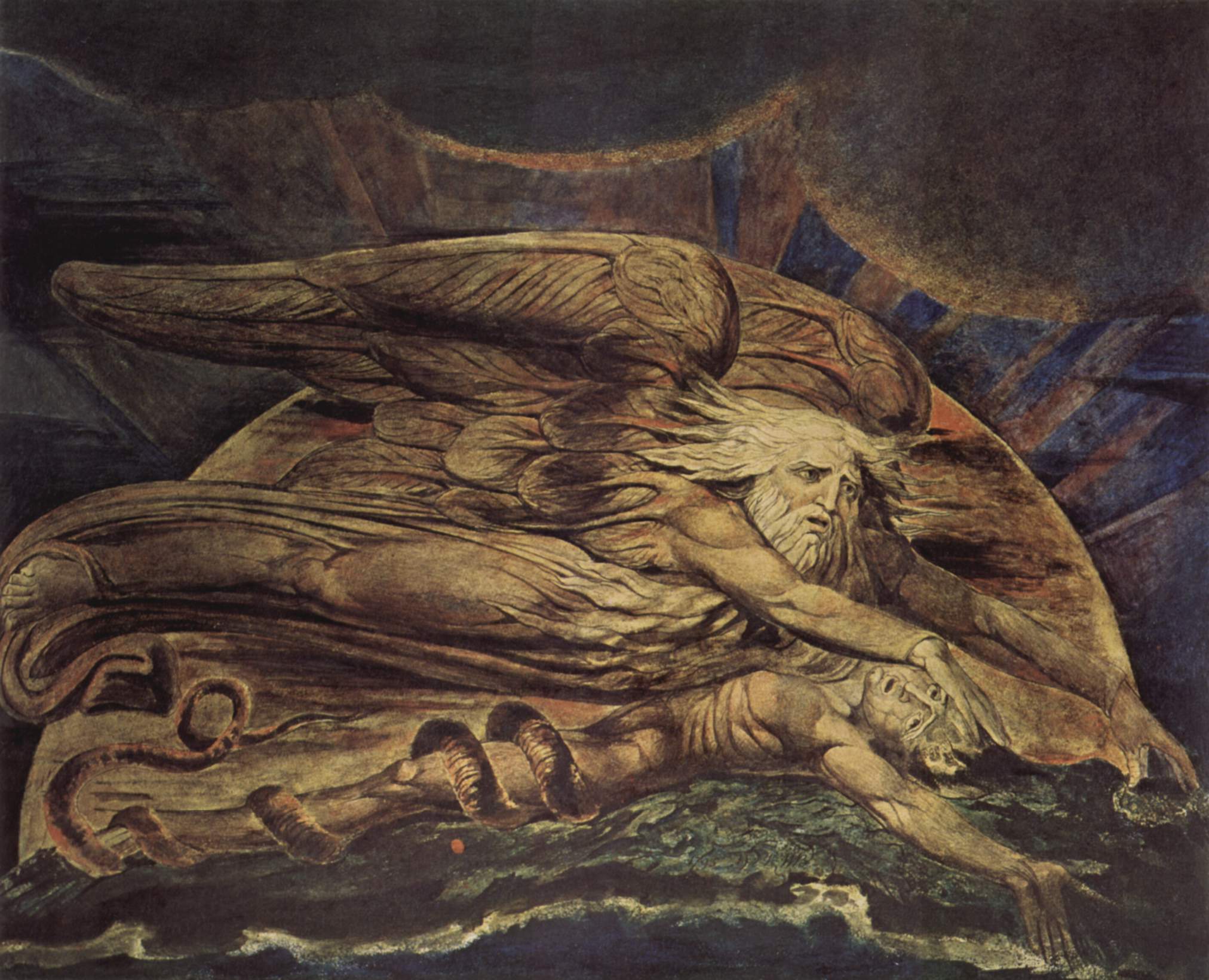|
Eidouranion
An eidouranion is a kind of orrery that combined mechanical movement with a method of back projection. Its invention is attributed to Adam Walker (1731-1821) who in the 1780s built one measuring in diameter. He used it to accompany his lectures on astronomy. It is an ancestor of planetarium A planetarium (: planetariums or planetaria) is a theatre built primarily for presenting educational and entertaining shows about astronomy and the night sky, or for training in celestial navigation. A dominant feature of most planetariums is ... projectors. It is known that Adam Walker held lectures featuring the Eidouranium at the Royal Theatre in London in the 1780s and the London Lyceum. The shows were continued by his eldest son, William Walker (1767-1816), from around 1812. The shows were continued through the 1820s by William’s younger brother Deane Franklin Walker (1778-1865). The word "eidouranion" derives from the Greek compound "eid + ouranos". The combining elements are ... [...More Info...] [...Related Items...] OR: [Wikipedia] [Google] [Baidu] |
Adam Walker (inventor)
Adam Walker (1730/31 – 11 February 1821) was an English writer and inventor. He gave lectures on astronomy, aided by one of his inventions, the eidouranion. Life Walker was born in Patterdale in Westmorland, the son of a woollen manufacturer. He left school almost before he could read, but continued to study on his own. He borrowed books, and occupied his leisure in constructing models of neighbouring corn mills, paper mills and fulling mills. His reputation as a student at the age of fifteen procured him the post of usher at Ledsham, West Yorkshire, Ledsham school in the West Riding of Yorkshire. Three years later he was appointed writing-master and accountant at the King's School, Macclesfield, Free School in Macclesfield, where he studied mathematics and produced his first publication, ''A System of Family Bookkeeping, with a Ready Ruled Book'' (1758). He also made some ventures in trade which were unsuccessful, and lectured on astronomy in Manchester. The success of his lect ... [...More Info...] [...Related Items...] OR: [Wikipedia] [Google] [Baidu] |
Orrery
An orrery is a mechanical Solar System model, model of the Solar System that illustrates or predicts the relative positions and motions of the planets and natural satellite, moons, usually according to the heliocentric model. It may also represent the relative sizes of these bodies; however, since accurate scaling is often not practical due to the actual large ratio differences, it may use a scaled-down approximation. Ancient Greek astronomy, The Greeks had working planetarium, planetaria, but the first modern example was produced by John Rowley. He named it "orrery" for his patron Charles Boyle, 4th Earl of Orrery (in County Cork, Ireland). The plaque on it reads "Orrery invented by Graham 1700 improved by Rowley and presented by him to John [sic] Earl of Orrery after whom it was named at the suggestion of Richard Steele." Orreries are typically driven by a clockwork mechanism with a globe representing the Sun at the centre, and with a planet at the end of each of a series of a ... [...More Info...] [...Related Items...] OR: [Wikipedia] [Google] [Baidu] |
Planetarium
A planetarium (: planetariums or planetaria) is a theatre built primarily for presenting educational and entertaining shows about astronomy and the night sky, or for training in celestial navigation. A dominant feature of most planetariums is the large dome-shaped projection screen onto which scenes of stars, planets, and other celestial objects can be made to appear and move realistically to simulate their motion. The projection can be created in various ways, such as a star ball, slide projector, video, fulldome projector systems, and lasers. Typical systems can be set to simulate the sky at any point in time, past or present, and often to depict the night sky as it would appear from any point of latitude on Earth. Planetaria range in size from the 37 meter dome in St. Petersburg, Russia (called "Planetarium No 1") to three-meter inflatable portable domes where attendees sit on the floor. The largest planetarium in the Western Hemisphere is the Jennifer Chalsty Planetariu ... [...More Info...] [...Related Items...] OR: [Wikipedia] [Google] [Baidu] |
Adam Walker At English Opera House Exhibiting Eidouranion 21 March 1817
Adam is the name given in Genesis 1–5 to the first human. Adam is the first human-being aware of God, and features as such in various belief systems (including Judaism, Christianity, Gnosticism and Islam). According to Christianity, Adam sinned in the Garden of Eden by eating from the tree of the knowledge of good and evil. This action introduced death and sin into the world. This sinful nature infected all his descendants, and led humanity to be expelled from the Garden. Only through the crucifixion of Jesus, humanity can be redeemed. In Islam, Adam is considered ''Khalifa'' (خليفة) (successor) on earth. This is understood to mean either that he is God's deputy, the initiation of a new cycle of sentient life on earth, or both. Similar to the Biblical account, the Quran has Adam placed in a garden where he sins by taking from the Tree of Immortality, so loses his abode in the garden. When Adam repents from his sin, he is forgiven by God. This is seen as a guidance for h ... [...More Info...] [...Related Items...] OR: [Wikipedia] [Google] [Baidu] |



